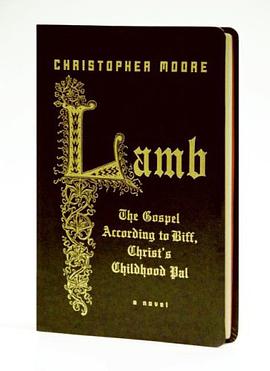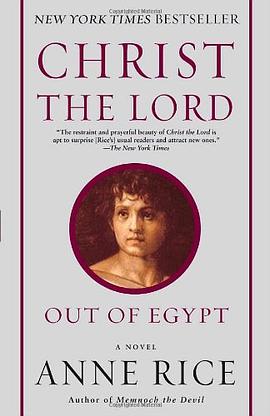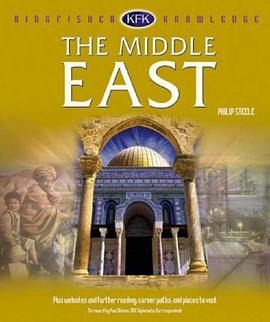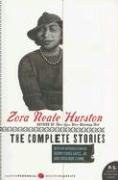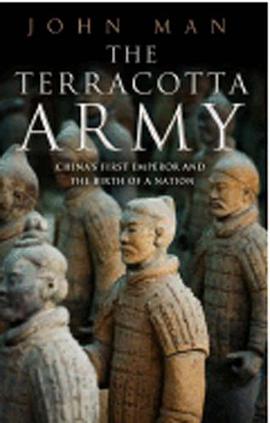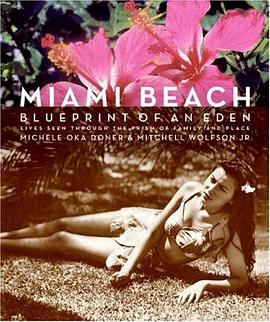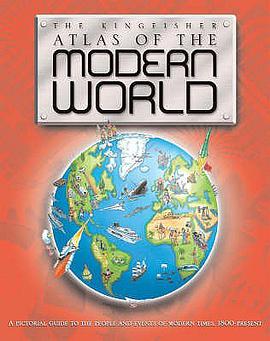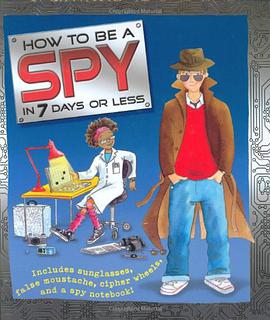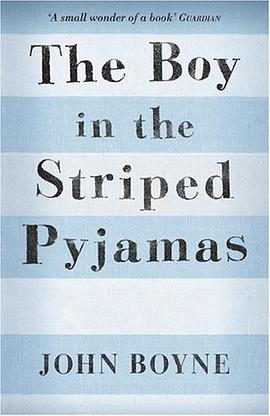

具體描述
This book is the follow up to the previous volume On Beauty. Apparently beauty and ugliness are concepts that imply each other, and by ugliness we usually mean the opposite of beauty, so all we need do is define the first to understand the nature of the second. But the various manifestations of ugliness over the centuries are richer and more unpredictable than is commonly thought. The anthological quotations and the extraordinary illustrations in this book lead us on a surprising journey among the nightmares, terrors, and loves of almost three thousand years, where acts of rejection go hand in hand with touching gestures of compassion, and the rejection of deformity is accompanied by decadent ecstasies over the most seductive violations of all classical canons. Among demons, madmen, horrible enemies, and disquieting presences, among horrid abysses and deformities that verge on the sublime, among freaks and the living dead, we discover a vast and often unsuspected iconographic vein. So much so that, on gradually encountering in these pages the ugliness of nature, spiritual ugliness, asymmetry, disharmony, disfigurement, and the succession of things sordid, weak, vile, banal, random, arbitrary, coarse, repugnant, clumsy, horrendous, vacuous, nauseating, criminal, spectral, witchlike, satanic, repellent, disgusting, unpleasant, grotesque, abominable, odious, crude, foul, dirty, obscene, frightening, abject, monstrous, hair-raising, ugly, terrible, terrifying, revolting, repulsive, loathsome, fetid, ignoble, awkward, ghastly and indecent, the first foreign publisher to see this book exclaimed: ‘How beautiful ugliness is!’
著者簡介
翁貝托•艾柯(Umberto Eco),意大利人,生於1932年,現居米蘭,執教於博洛尼亞大學。他是享譽國際的小說傢、符號語言學權威、哲學傢、曆史學傢、文學評論傢和美學傢,齣版過140多部著作,橫跨多個領域,都有經典性的建樹,是百科全書式的學者,被譽為“當代達·芬奇”。作為全球最具影響力的公共知識分子,他在歐洲已成為知識和教養的象徵,知識分子都以書架上放一本艾柯的書為榮。簡體中文版艾柯作品:http://book.douban.com/doulist/26197/
圖書目錄
讀後感
在《美的历史》之后,艾柯再推新书,剖析世人对“丑”之成见,颠覆传统的审美观。《丑的历史》不是简单的图像集合,而是会聚了艾柯的美学思索。《丑的历史》举凡恐怖、受难、死亡、魔鬼、启示录、怪物、凶兆、诙谐、猥亵、巫术、撒旦主义、虐待狂、媚俗……无奇不有,无所不...
評分(与《华商报》编辑我老妹的初次合作) 意大利学者翁贝托•艾柯在撰写他那本惊艳之作《美的历史》时,就专门设立了单章《怪物之美》来释解美与丑的辨证关系:“所有文化皆有其美的观念,亦有其丑的观念……在西方人眼中,其他文化的拜物与面具是可怖、畸形之物,当地人则可...
評分丑有很多种,因为丑而“自挂东南枝”的人却很少,“东施效颦而可厌,无盐刻画以难堪,此女之丑者。”东施虽丑,却冥冥中保了命。 曹雪芹有诗言:“一代倾城逐浪花,吴宫空自忆儿家。效颦莫笑东村女,头白西边尚浣纱。” 王昭君很美,因为不肯花钱给宫廷画师毛延寿P图,结果画了...
評分在著名的意大利小说家和学者翁贝托·艾柯的眼里,蒜头鼻、麻子脸和大肥腿都可以变得美丽而迷人。 艾柯上周在法兰克福书展上推出了自己的新作《丑的历史》(Storia dellabruttezza,英译书名为“OnUgliness”)。 他出版于2005年的《美的历史》(Storiadellabellezza...
評分非常值得稱讚的是,質量很不錯! 很喜歡這本書的質地,手感很好,因為有一定的重量所以拿在手上的感覺很像在捧著一本百科全書, 裏面的插圖也有些出乎我的意外, 關於【醜的歷史】這本書裏面所講訴的有關資料與歷史, 我之前已閱讀過不少, 不過裏面的有些插圖我還是第一次看到...
用戶評價
相關圖書
本站所有內容均為互聯網搜索引擎提供的公開搜索信息,本站不存儲任何數據與內容,任何內容與數據均與本站無關,如有需要請聯繫相關搜索引擎包括但不限於百度,google,bing,sogou 等
© 2025 book.quotespace.org All Rights Reserved. 小美書屋 版权所有


